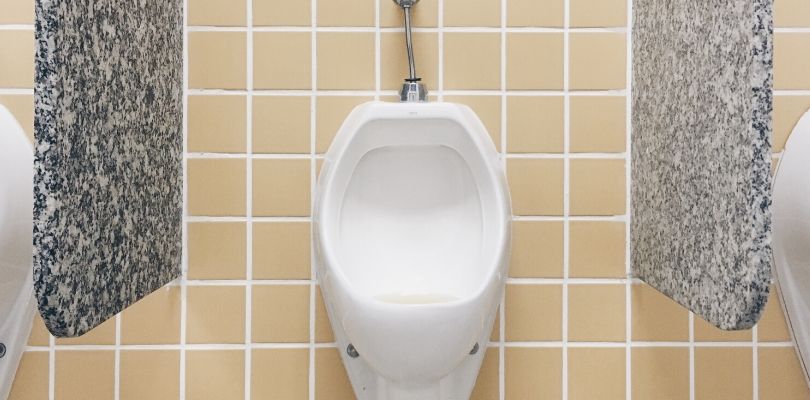Understanding Overactive Bladder in Men
Many people hear the medical condition overactive bladder and associate it as a women’s condition, but overactive bladder in men can happen.
OAB is more common in women. Upwards of 40% of women are affected by OAB symptoms. However, 30% of men are affected by OAB symptoms too, and this means that there are a lot of people, both women and men, suffering. OAB is stigmatized; sufferers are afraid to speak to their healthcare providers, so they suffer without asking for help.
What is Overactive Bladder?
According to the Urology Care Foundation, OAB is technically not a medical condition, but a collection of urological symptoms. Collectively, these symptoms create OAB. The most common symptoms are the need to urinate often, day or night, and the leakage of urine. According to the Urology Care Foundation, “OAB is basically that feeling that you’ve ‘gotta go’ to the bathroom urgently and too much."
When the bladder works normally, a full bladder can send signals to the brain that tells the bladder that it needs to be emptied. The bladder then uses the muscles to squeeze urine out through the urethra. Then, it goes through the urethral sphincter and out of the body. When the bladder is not full, it is relaxed
When you have OAB, there are issues with the signals between the brain and the bladder; these signals may tell the bladder that it needs to empty even when it is not full. It can also cause the muscles to become too active. When this occurs, the bladder muscles squeeze out urine when the bladder is not full, causing “urgency".
How Do Symptoms Vary Between Men and Women?
The most common symptoms (for both men and women) include:
- An urgent need to urinate
- Urinating eight or more times per day
- Nocturia or urinating twice or more overnight
- Urge incontinence, which is the need to urinate is so strongly that it is difficult to control, causing leakage of urine. This can also occur when laughing, sneezing, exercising, and coughing.
Symptoms that are often specific to men include:
- Difficulty starting the urine stream
- Having to strain or force urine to come out
- Having a weak or split urine stream
When the mentioned symptoms occur, it is often because of an enlarged prostate gland. The National Association of Continence states that up to 50% of men who experience OAB do so because of an enlarged prostate gland. 95% of men will experience symptoms by the age of 85!
Other conditions can cause symptoms of OAB in men. These may include bladder infections, bladder stones, bladder cancer, a stroke, and Parkinson’s disease.
Lifestyle Changes for Men With Overactive Bladder
Typically, treatment of OAB is initially treated with lifestyle changes. Common recommended lifestyle changes may include:
- Adjustments to the diet
- Losing weight if you are overweight
- Using absorbent pads to manage leaks
- Keeping a bladder log to track bathroom habits
- Using the bathroom regularly
Diet changes will likely be recommended, as certain foods can worsen OAB symptoms. Some of these changes include:
- Limiting carbonated beverages, aspartame and other artificial sweeteners, and cranberry juice
- Reducing caffeine
- Noting if spicy foods worsen symptoms and eliminating them from the diet if they are a culprit
- Ensuring that you are maintaining proper hydration
Based on the bladder log, your healthcare provider may recommend that you try to do a bladder training program. This will allow you get your bladder on a normal schedule, essentially training your bladder to urinate at regular intervals.
Medical Treatments for OAB in Men
Medications
Alpha blockers relax muscles, assisting with urine flow, especially if the issue is an enlarged prostate. Other medications may also be prescribed to reduce bladder spasms, which in turn, reduce the need to urinate.
Nerve Stimulation
When the issue is inappropriate nerve signals, nerve stimulation can help. A small device is implanted near the tailbone and this device then delivers electrical impulses to the nerves that run towards the bladder. These impulses help control bladder contractions. Though it is a surgically implanted device, it is reversible and can be removed.
Surgery
If symptoms are extreme and other treatments fail, surgery may be an option to remove the enlarged prostate. This will then improve symptoms. The surgeon may remove all or part of the gland, depending on the issues that are occurring.
